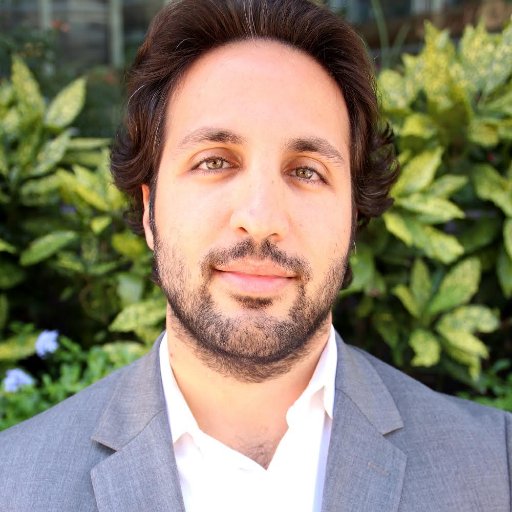Kyle Samani (LinkedIn | Twitter) is used to taking risks. It’s been his M.O. since his days at working with Google, where he and his company Pristine worked on Google Glass.
When Google shut the program down in 2015, Kyle knew one thing: he was down, but not out. In 2016, Kyle started looking into crypto. There was a unique aspect of crypto that kept him particularly interested: “I was drawn to this idea of this open development platform that no one could take away from me.”
So he, along with his co-founder, decided to roll the dice, again.
They created Multicoin Capital a “thesis-driven long/short crypto hedge fund.”
What exactly is that, you ask? Kyle broke it down: “As a founder of the firm, I co-manage the funds with my co-founder, Tushar. We spend our time looking at qualitative and quantitative indicators and allocating our portfolio accordingly.”
And Multicoin Capital is here to change the game – this isn’t your grandfather’s hedge fund. There are some key differences. “I generally don’t talk to people until they’re at the point where they have made the decision, ‘I want to invest in crypto. I want to not invest passively, I want some sort of active strategy.’ Then, that’s the point when I typically start talking to people. So they’re already pretty bought in and then they have real questions about different kinds of actively managed strategies. We are pretty unique in that we’re both long shorts and that we have public liquid investments, and private liquid investments that look more like venture – and that’s all in one bucket. Our reasoning is in our “traditional” asset management basis rather “atypical”. We believe if you’re going to have long-term fundamental exposure to crypto, you’d want both public and private exposure. Because there’s a lot of interesting things happening in private markets that just simply aren’t public. So if you are long-term convicted in the mega thesis for crypto, you’re going to want exposure, liquid and aliquid.”
This strategy isn’t just for clients: Kyle is putting his money where his money is. “I definitely had a unhealthy percentage of my net worth in crypto… and still do. The way it becomes possible is because you actually have to believe in the long run, and if you believe in the long run, right?”
And Kyle is all in for the long run – and he thinks you should be, too: “One of the common things we hear, especially from institutional LPs, is just that the infrastructure and crypto… it’s just not there. And they’re really referring to market infrastructure. Things like custodianship and options, futures… and these kinds of things. When we launched the fund in Q October 1st, 2017, the infrastructure was rather poor. We were custodying all of our own assets, which is extremely, extremely atypical for most professional money managers. For crypto, we had no choice. Today, we out-custody 100% of our assets with Coinbase. Coinbase has an institutional custodianship product. It’s SCC regulated. There are competitors now to Coinbase as well, and it’s a pretty competitive market. I think rates are 25 to 50 basis points per year. It’s still much higher than traditional custody, but given the volatility of crypto, 50 basis points is [good]. So that’s now very firmly in place. We have futures, now and you can short now in volume on Bitcoin and ether today, that’s very easy to do. Things like options – the options markets have been growing like month over month, fifteen or twenty percent month-over-month growth for the last six months.”
Sounds pretty good to us. But Kyle is clear – though the forecast is good, he’s ready for any story that might come up. That’s because he’s learned to change how he perceives risk. It’s easy to let fear and uncertainty creep in, but Kyle assesses all risk with a level head. “There’s two ways to think about risk. The traditional finance way to think is to think about risk as volatility. In one sense that’s true, and if you truly manage your net worth on a second by second basis, then I guess that’s a reasonable way to think about risk. I find that view of risk to be far too limiting and just I think grossly incorrect in a lot of ways. I think about risk really more as – what’s the percent chance of my dollars going to be worth zero? And if you think about risk in that way, at this point, I think the probability that crypto goes to zero is damn near zero. And I think there’s a very high probability that crypto, at least five years from now – will be worth ten times what it is now, if not if not a hundred times. I’m super biased… but if my probability assessments are even approximately correct, the EV of that bet is amazing and it’s really a once in a lifetime bet.”
Once in a lifetime bet?
Count us in.
To hear more from Kyle, check out our podcast here.


